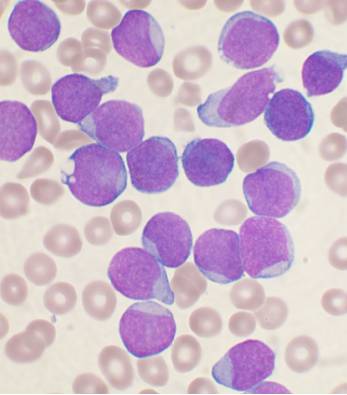In what has the potential to be a paradigm shift, doctors report extraordinary progress in treating patients with a severe, terminally form of leukaemia.

Acute lymphoblastic leukemia (ALL) is an acute form of leukemia, a cancer of the white cells. ALL is most common in childhood, with a peak incidence at 2–5 years of age and another peak in old age. It’s a devastating disease which many young bodies have to battle. But Professor Stanley Riddell, from the Fred Hutchinson Cancer Research Center in Seattle, and his team may have found a solution that saves over 90% of terminal patients.
In a pilot study, 33 out of 35 people were left without any symptom of cancer after just one week of treatment (in remission, which means symptoms can reoccur). It’s a small study, but the results are extremely encouraging, especially for terminal patients who have little to lose. But as good as the results are, they have to be replicated on a larger scale before definite conclusions can be drawn.
Dr Yvonne Doyle, from Public Health England, said:
“It’s an important breakthrough, in that it’s a new technology that seems to have developed something innovative. However, it is on 30 patients who are at a very advanced stage of a particular cancer. So what we need to know is does this work in a wider situation?”
The treatment itself is very taxing, as Seven of the ALL patients suffered an immune reaction to the treatment, called cytokine release syndrom (sCRS), so badly they needed intensive care. Two patients didn’t survive the treatment.
The current 10-year survival rate for ALL is 73%, but it is significantly lower for terminal patients. In the United States, the annual incidence of ALL is roughly 1 in 50,000.






